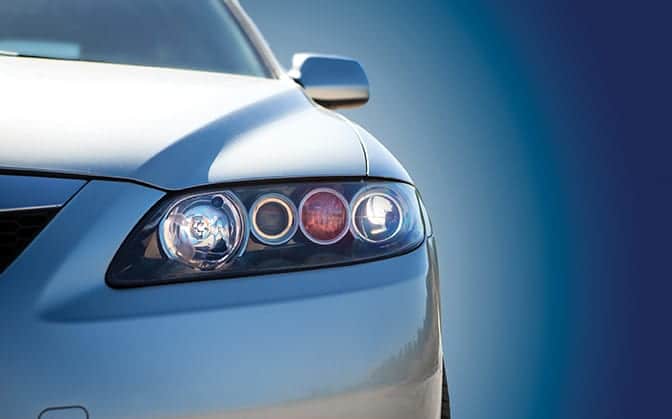By Clifford K. Schoff, Schoff Associates
Historically, automotive coating systems consisted of some sort of metal pretreatment, an alkyd or polyester primer, a primer surfacer, and a monocoat type topcoat—three organic coatings, three bakes. Over time, the primers were replaced with electrodeposition primers, which greatly improved corrosion protection. The next big step was the introduction of clear topcoats over color basecoats, first over high-end vehicles and now on just about all cars and most trucks. Color plus clear adds a step, but not another oven because it is applied wet-on-wet. You could call it “two-wet.” The latest coating advancement is three-wet or wet-on-wet-on-wet, which consists of the normal application of an ED primer (and bake), followed by another primer, a color coat, then a clear coat before running the car body through an oven. Three wet layers, one on top of another, may appear revolutionary, but photographic film people have been applying as many as six or seven layers of wet coatings, one after another, for many, many years. However, they are not doing that on big structures like car bodies.
Three-wet means that there are four coatings and only two ovens, not three. That saves a lot of money in constructing and operating a paint line and certainly improves the sustainability of the coating process. Another advantage of the three-wet system is that it removes the need for sanding and repair of primers, steps that cost money and often lead to dirt and further defects. It is conceivable that the industry could go to a four-wet system, and I am sure that people are working on it. Both solventborne and waterborne primer/base (often called B1/B2) plus solvent clear three-wet systems are commercial and appear to be operating well. The B1/B2 type requires heated flash zones for dehydration, and the solventborne benefits from abatement of exhaust gases.
Auto companies have made choices as to which technology to use based on the results of analyses regarding cost, sustainability (in terms of life cycle assessments and environmental impacts), and other factors. For example, Ford Motor Company did a great deal of modeling and many measurements comparing solventborne and partially waterborne, including energy usage, greenhouse gas impacts, and life cycle assessments and decided that solventborne three-wet was a better choice. Other companies have gone with partially waterborne versions. An example of a comparison study of the two technologies in paint shop operations is given in C.J. Pierce and J.P. Seeley [Paint Coat. Ind., 30 (7), 42-44, 46-47, July 1, 2014 (references are missing); which also is retrievable from www.pcimag.com/articles/print/99318-environmental-life-cycle-assessment (references are included, but all tables and nearly all figures are missing)].
I have seen craters in clearcoats with both s/b and partially w/b three-wet coatings. The question (as with all craters) is, “What is the cause?” With clearcoats, it usually is something that falls on the wet coating. However, there are peculiarities with three-wet systems that make me wonder about the possibility of contamination coming from below. On application, the primers and basecoats setup rapidly (primers are particularly dry and rough) and would be expected to resist cratering even if contamination is present. The primers appear to flow out during the bake and are smoother afterwards. There may be some flow in the basecoats in the oven. Could craters form in the primer (and basecoat, perhaps reaching the clearcoat) due to contamination on the ED primer? Certainly, the physics of film formation and flow-out seem to be different in the primer/base portion of such coating than in conventional coatings. Much of the undercoat flow appears to be in the oven, not before. One signal that contamination underneath may contribute to cratering is that one auto plant was able to reduce craters by solvent wiping the e-coated bodies before the three-wet process began. However, this did not always work.
The critical set of experiments to test the possibility of craters from contamination below would be to put small drops of mineral oil on e-coated panels, follow the three-wet process with the topcoats (including the normal bake), and see what happens. A similar experiment with oil drops on a primer panel, then topcoating with base and clear also would be worth doing. I was in an auto plant where there was cratering in the three-wet and could have run those experiments on the line. Unfortunately, I did not think of them until after I left. (Too soon old, too late smart!)
